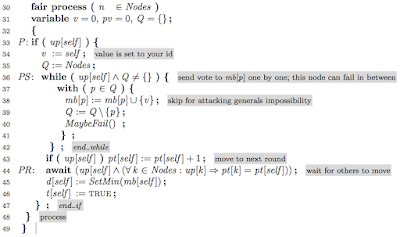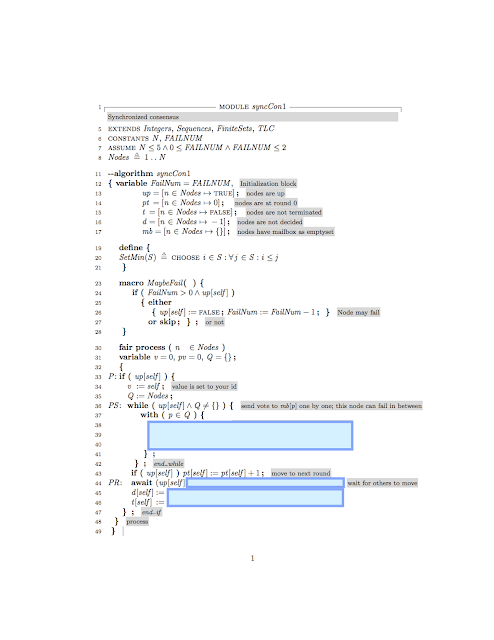What I learn from teaching
After I teach a class I am debilitated/incapacitated for about an hour. I can't do anything productive in that time. This is because teaching demands a lot of mental power (at least for me). I am sure, being an introvert doesn't help either; I need some recovery time after too much exposure. When I am lecturing though, I let go (at least after the first 5-10 minutes or so), and I don't think about myself or being introvert. After the initial warm up period, I get excited about what I am teaching, and all I can think of is the message I am trying to convey. This is actually good. When I find myself lost in the moment (or maybe that is getting into the teaching zone), I know I am doing good. I had written about this earlier on presenting: you should center on the message not on yourself. Oh wow, actually I wrote twice on that topic. So, in that down hour after teaching, what do I do? I have regret-flashbacks about some parts of the lecture I delivered. I have remorse about











